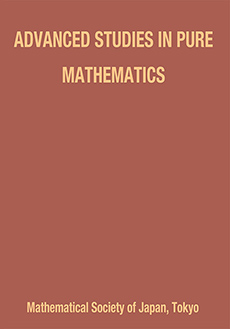Abstract
We consider the average diameter of a bounded cell of a simple arrangement defined by n hyperplanes in dimension d. In particular, we investigate the conjecture stating that the average diameter is no more than the dimension d. Previous results in dimensions 2 and 3 suggested that specific extensions of the cyclic arrangement might achieve the largest average diameter. We show that the suggested arrangements do not always achieve the largest diameter and disprove a related conjecture dealing with the minimum number of facets belonging to exactly one bounded cell. In addition, we computationally determine the largest possible average diameter in dimensions 3 and 4 for arrangements defined by no more than 8 hyperplanes via the associated uniform oriented matroids. These new entries substantiate the hypothesis that the largest average diameter is achieved by an arrangement minimizing the number of facets belonging to exactly one bounded cell. The computational framework to generate specific arrangements, and to compute the average diameter and the number of facets belonging to exactly one bounded cell is presented.
Information
Digital Object Identifier: 10.2969/aspm/06210059


